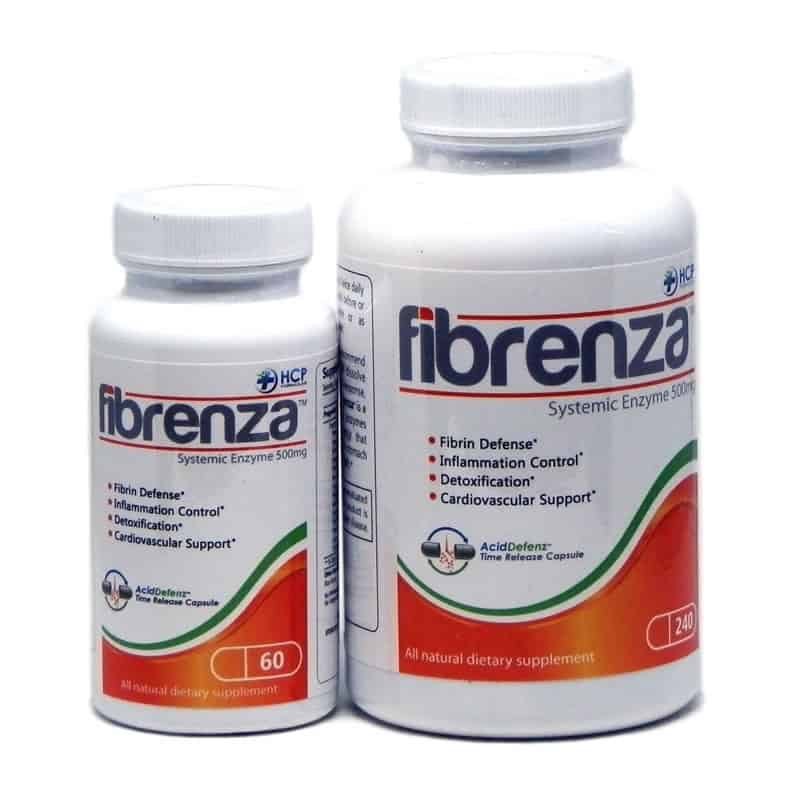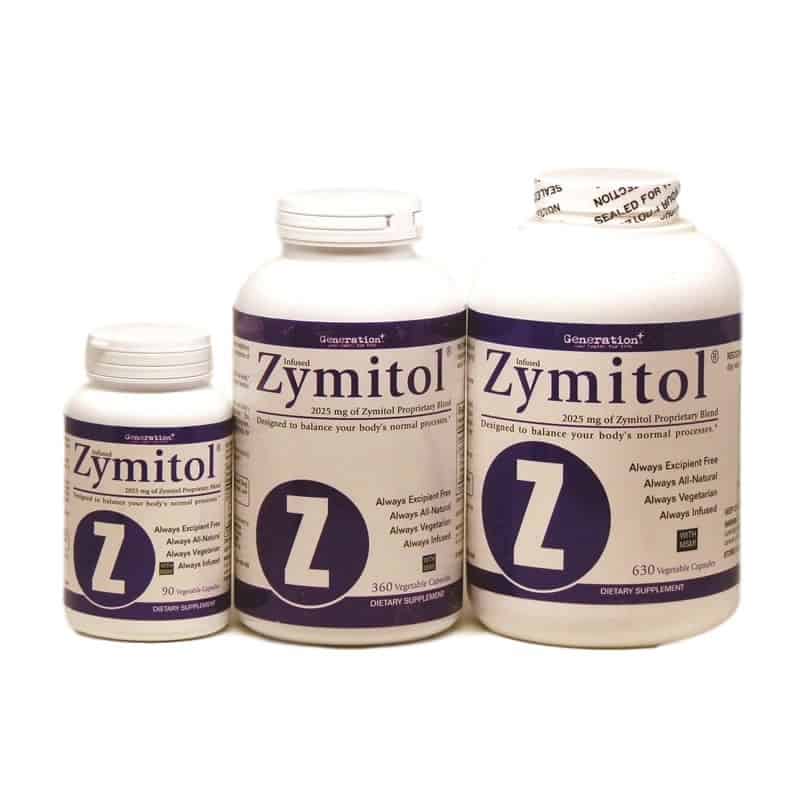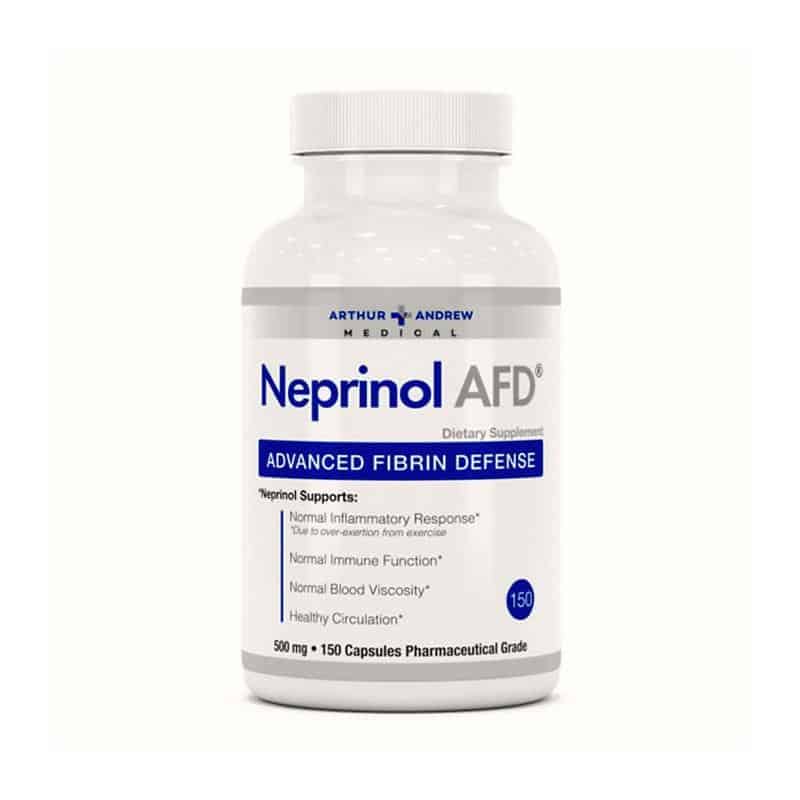No products in the cart.
Proteolytic Enzymes
Will systemic enzymes digest my body tissues?
If this were possible, the enzymes produced by your own body would have already digested you away. These enzymes much prefer the denatured (cooked or damaged) proteins found in foods. Most proteins, in their healthy state, are coiled and globular in structure. This prevents the enzymes from having access to cleavage sites. When heated or in extremes of pH (like stomach acid), the proteins uncoil, exposing sites where the enzyme can bind and cleave.
Also, the cells of our bodies and the mucosal lining of the gastrointestinal tract contain protease inhibitors that inactivate certain protease enzymes. The mucosal layer acts as a physical barrier to proteolytic activity on living cells. The pancreas exposes your small intestine to a barrage of enzymes every time you eat, and the enzymes do not break down the intestine.
If enzyme powder remains on the lips or gums for a prolonged time, it may break down some of the layer of dead cells that cover our mouth and throat (the whitish-colored layer). When the fresh, raw layer of tissue comes into contact with saliva, the person may feel slight irritation. If you open a capsule to mix it with food, make sure you drink something afterwards to wash any enzyme residue down. Because amylase is in saliva, you have a constant supply of enzymes in your mouth all the time anyway.
How Does Protease Work?
Oral proteases taken on an empty stomach have been shown to be absorbed and carried into the bloodstream where they are bound to Alpha2-macroglobulin. The binding of the Alpha2-macroglobulin to proteases does not inactivate the proteolytic activity of the protease. However, the complexing of the Alpha2-macroglobulin ensures the clearance of the protease from the organism.
Several studies have indicated that oral proteases bound to the macroglobulins hydrolyze immune complexes, proteinaceous debris, damaged proteins, and acute phase plasma proteins in the bloodstream. It is suggested that oral proteases may help hydrolyze and remove extracellular proteins damaged by free radicals, which are especially susceptible to proteolysis, as mentioned above.
Additional Information
Allergy Research Group publishes their Focus Newsletter for medical distributors and customers in the medical industry, that you can read online, or you can sign up to receive via email. The newsletters are in Adobe Acrobat PDF format. http://www.allergyresearchgroup.com/news/letter.htm







